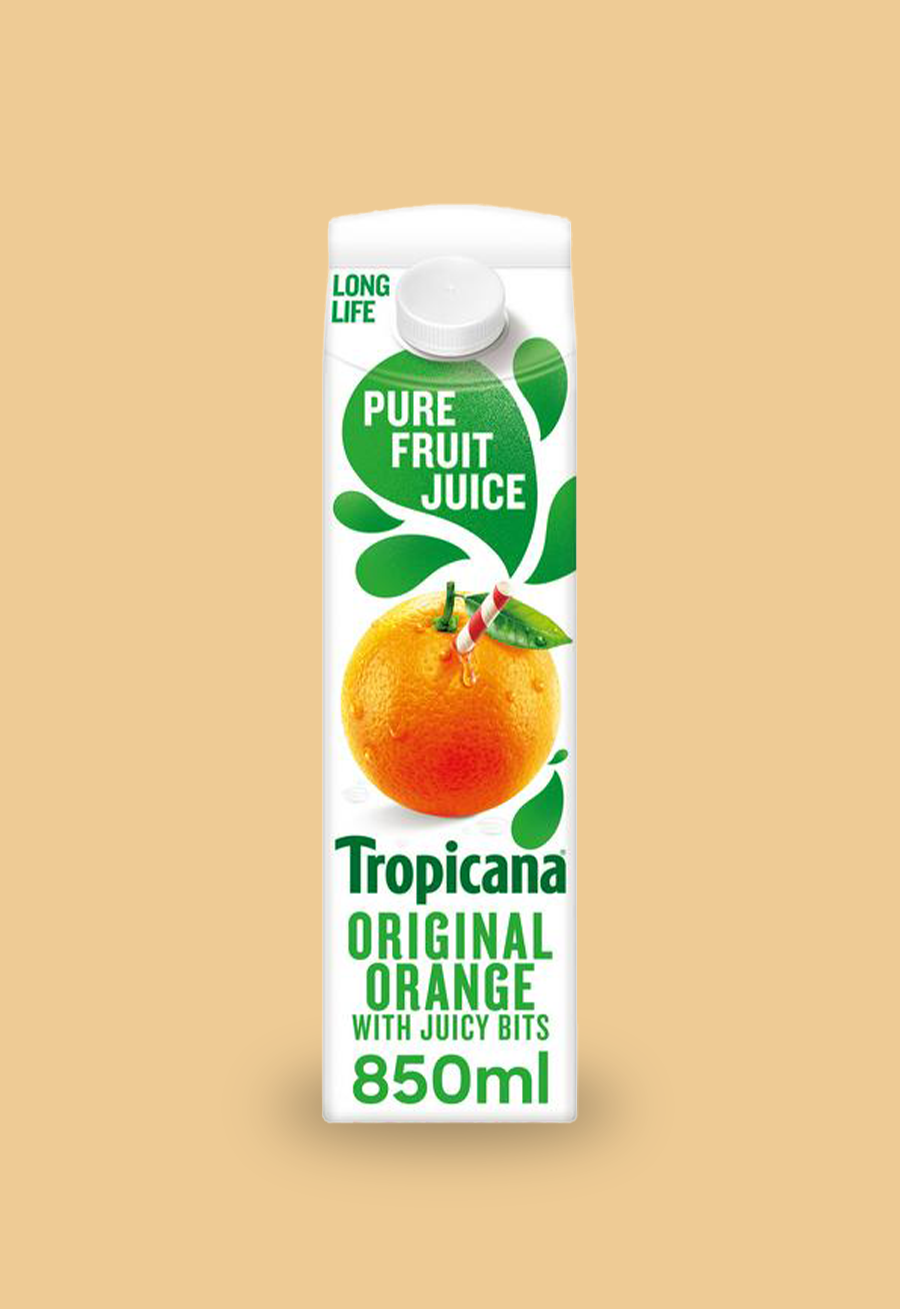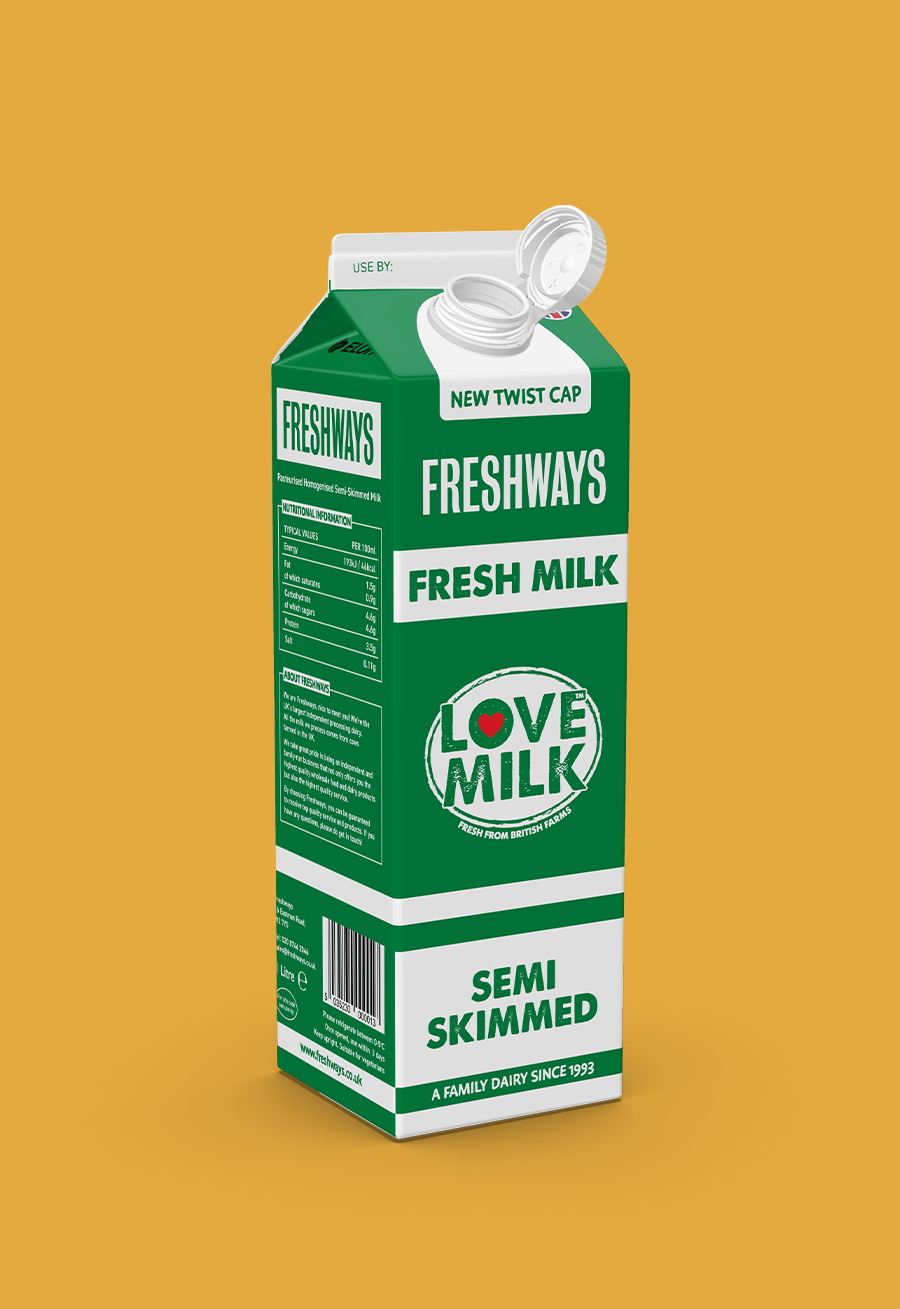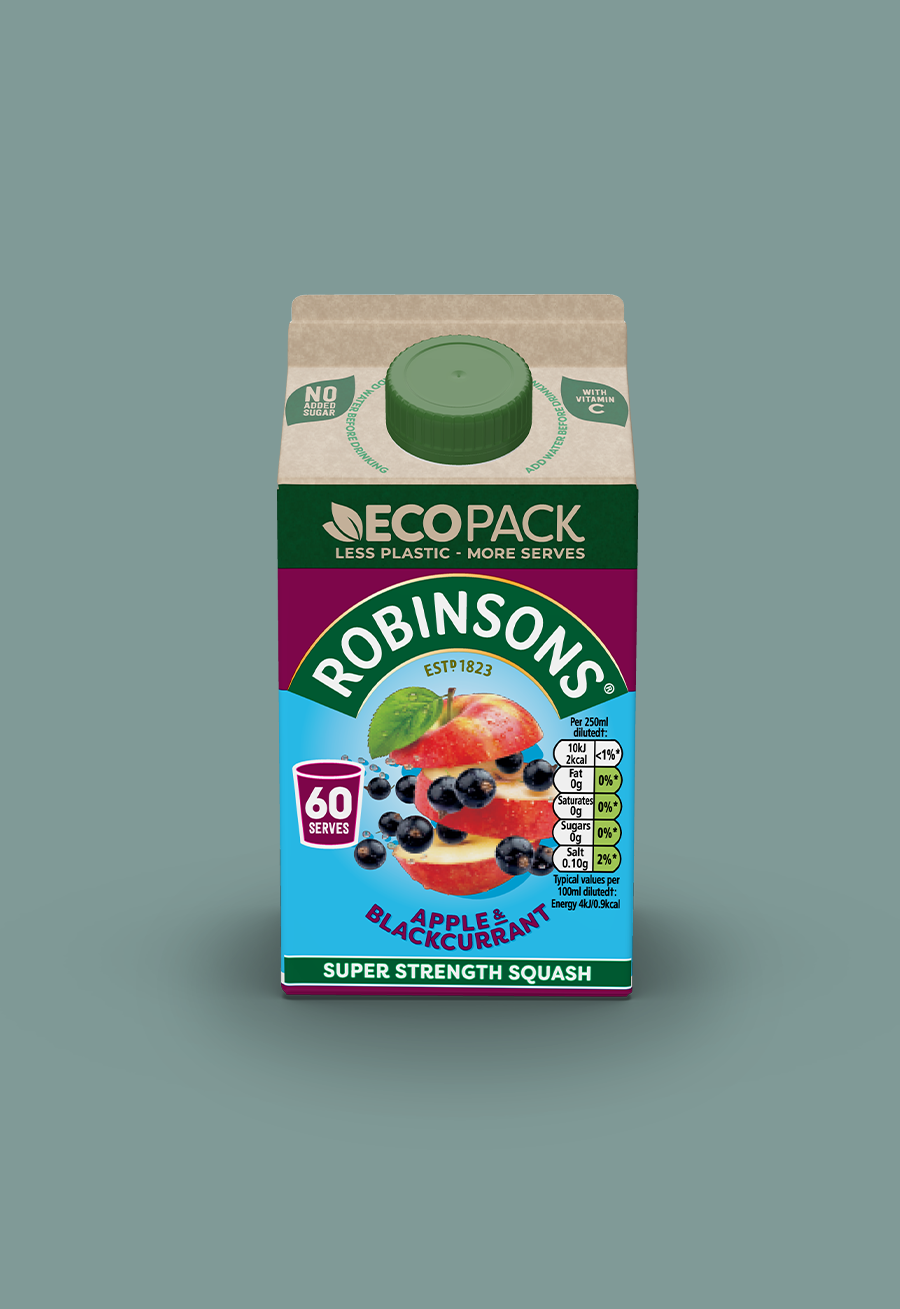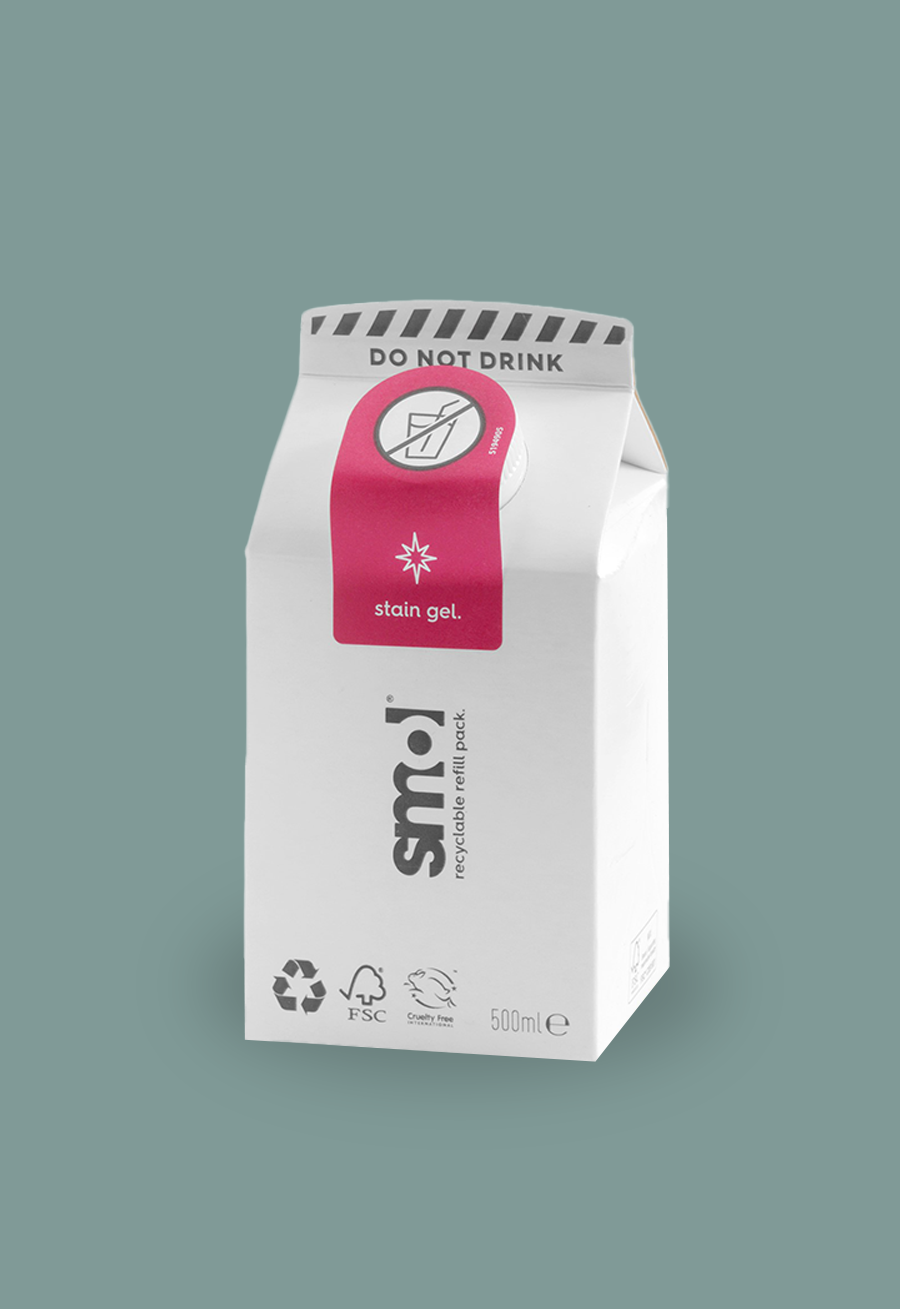Kategorie:
16. February 2024
The Art of Packaging – Part 1
Our new series “The Art of Packaging” will take you on a journey from the birth of the Pure-Pak® carton to the beverage carton as a brand carrier and sustainability symbol. You can expect interesting insights into the biggest packaging and consumer trends of today and tomorrow with initial insights into future developments.
In the first part of our series, we start with the history of the Pure-Pak® carton and its development to date.
The story from the “paper bottle” to today's advanced packaging technologies illustrates how continuous innovation and the willingness to adapt to changing market requirements can drive success in the business world. With the development of the Pure-Pak® carton, Elopak not only provided a product, but also made an inspirational contribution to entrepreneurial thinking – proof that a random idea can become a groundbreaking innovation. Elopak’s Pure-Pak® gable top carton has proven itself over many decades and is still one of the world's most popular packaging for milk and juice, even 100 years after its invention.
The story from the “paper bottle” to today's advanced packaging technologies illustrates how continuous innovation and the willingness to adapt to changing market requirements can drive success in the business world. With the development of the Pure-Pak® carton, Elopak not only provided a product, but also made an inspirational contribution to entrepreneurial thinking – proof that a random idea can become a groundbreaking innovation. Elopak’s Pure-Pak® gable top carton has proven itself over many decades and is still one of the world's most popular packaging for milk and juice, even 100 years after its invention.
Patent, Passion, Packaging by Nature
At a time when housewives still had to go to the dairy store with clean milk jugs and the laborious cleaning of heavy glass bottles was the norm, the dream of lightweight, practical packaging for milk and juice was born at the end of the 19th century.

The invention of the “paper bottle” not only revolutionised the transport of milk and juice, but also greatly simplified storage and disposal. Toy manufacturer John Van Wormer came up with the idea for his invention when he dropped a glass milk bottle. This mishap ultimately led to one of the most groundbreaking developments in the packaging sector. In 1915, the "paper bottle" was patented by John Van Wormer, marking the birth of today's Pure-Pak® carton from Elopak.

In 1928, John Van Wormer sold his patents for the Pure-Pak® carton and for the corresponding machine to the American Paper Bottle Company, which went on to develop this technology further. At the end of 1934, the company sought technical support from Ex-Cell-O, who was regarded as the most renowned manufacturer of precision machines in the USA at the time. Together, they managed to develop a machine suitable for commercial use for filling and sealing milk cartons.
However, this development was not the only challenge in the company's history. The company also faced opposition from a completely different direction: Bottle and crate manufacturers, transport companies, bottlers and bottle-cleaning companies as well as dairies, which had invested large sums in bottles and equipment, were negative about the development. But in the end, the will of the consumer prevailed, as the Pure-Pak® carton proved to be all too practical for consumers.

The opening mechanism – the best invention after the Pure-Pak® carton
Ex-Cell-O continued to perfect its blanks machines, which they had inherited from the American Paper Bottle Company. Research studies were also commissioned, as the packaging not only had to be absolutely leak-proof, but also flawless from a hygiene point of view. Another development area was the opening of the Pure-Pak® carton. The beverage carton once patented by Van Wormer had no opening mechanism whatsoever – even though he had already included one in his drawings. Customers had to open the packaging with a knife or scissors. It took 18 years for Ex-Cell-O to develop the solution known today as Easy Opening: the gable is pushed back on one side to form a spout that can be pushed back after use to reseal the carton.
A Norwegian brings the Pure-Pak® carton to Europe
The Norwegian Christian August Johansen, together with Johan H. Andresen, expanded the packaging business in Europe. They acquired the licence agreement for the Pure-Pak® carton, which was the start of Elopak (European Licence of Pure-Pak).
A large production facility was built in record time in Spikkestad, Norway. In 1958, Asker Meieri became the first European dairy to fill its milk into Pure-Pak® cartons. The milk in Pure-Pak® cartons was so well received by consumers that customers were even prepared to drive 20 kilometres from Oslo to Asker to enjoy the new packaging. The dairy phased out glass bottles completely just a few years later.
Elopak’s success story continued at a rapid pace: Just ten years after the company was founded, around 40 Norwegian dairies were filling their milk into Pure-Pak® cartons. In the following years, Elopak also conquered other European countries. The US Army was among the first customers in Europe, as the American troops received their daily milk ration in the practical Pure-Pak® carton, which they were already familiar with from home.
Elopak’s first non-Nordic branch was established in France in 1967. A destination in Germany followed a year later. Schwarzwaldmilch in Freiburg, Germany, was the first dairy to launch fresh milk in Pure-Pak® cartons on the German market in 1969.
Milestones in the Pure-Pak® development history
In the sixties, Elopak focused on innovation as part of its growth strategy: The wax coating was replaced by polyethylene. In 1970, an aluminium barrier was added to the Pure-Pak® carton for long-life products. This groundbreaking technology enabled improved product protection, extended shelf life and longer product freshness and quality.
Another milestone for Elopak was the acquisition of the Ex-Cell-O Packaging Systems Division and the worldwide Pure-Pak® licence in 1987. The introduction of the Pak-Lok system in 1991 was one of Elopak’s most important innovations: The revolutionary screw cap for the Pure-Pak® carton made it easy to open and securely reclose both fresh and long-life products.
Elopak not only focuses on historical successes, but also actively drives innovation to this day. The company invests sustainably in research and development in order to provide the best technologies for its customers. The Elopak Technology Centre in Spikkestad was expanded specifically for research and testing purposes. In 2002, Elopak further strengthened its market position by launching a state-of-the-art filling machine series for fresh and ultra-clean filled products. Another outstanding example of Elopak’s focus on innovation is the production plant for aseptic filling machines built in Mönchengladbach in 2011. With its own laboratory for food science and a modern 4,500 square metre production hall, the latest generations of state-of-the-art filling machines are delivered worldwide from here.
Today, Elopak is one of the world’s leading system providers for packaging and filling machines. The company has been listed on the Oslo Stock Exchange since 2021.
However, Elopak is not only committed to technological excellence, but also to environmental awareness. The company has been climate-neutral since 2016 and offers its customers a natural and practical alternative to plastic bottles with Pure-Pak® and D-PAK™ gable top packaging in food and non-food.

The Pure-Pak® carton – a sustainable evolution
The Pure-Pak® packaging marked a crucial turning point in the history of the packaging industry, not only making everyday life easier for housewives, but also revolutionising the milk and juice industry. This innovative approach demonstrated a true entrepreneurial spirit that understood the needs of consumers. The easy handling and environmentally friendly disposal of the beverage carton has not only improved hygiene, but also eliminated the laborious process of cleaning glass bottles. This showed the courage to change and the willingness to challenge traditional norms.
Elopak has always had a deep understanding of consumer needs and the social changes of the time. The beverage carton continues to evolve to this day and has not only become a symbol of sustainability, but also the epitome of convenience. The Pure-Pak® carton therefore not only reflects technological progress, but also the changing lifestyles, purchasing and consumer habits.
Elopak has always had a deep understanding of consumer needs and the social changes of the time. The beverage carton continues to evolve to this day and has not only become a symbol of sustainability, but also the epitome of convenience. The Pure-Pak® carton therefore not only reflects technological progress, but also the changing lifestyles, purchasing and consumer habits.
Don't miss out on any news and stay up to date with our newsletter. Subscribe here:
New on the shelf

Tropicana, UK
Product:
Tropicana has launched its first range of shelf-stable juices, opening up new markets for the global brand. The shelf-stable juices launched at all major retailers in the UK in mid-2023.

LoveMilk, UK
Product:
In response to growing consumer concern about plastic waste, the UK’s largest independent dairy launched cartons with tethered caps for its fresh milk products in the food service sector. This will significantly reduce the amount of plastic used in Freshway’s packaging.

Robinsons, UK
Product:
“Less plastic – more serves” – Britvic launched super strength concentrated squash for the Robinsons brand using the 500ml Pure-Pak Classic carton. The result. 60 serves per 500ml and 85% less plastic per serve.












